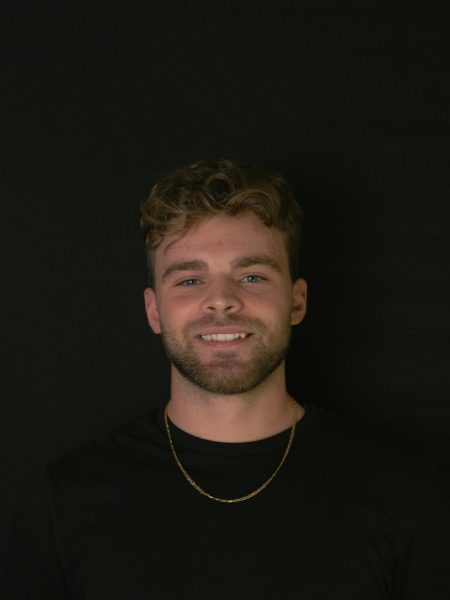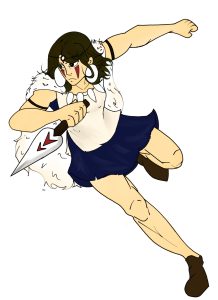None-and-done
October 3, 2022
Basketball is one of the most popular sports in the United States, drawing in millions of dollars every season and bringing enjoyment yearlong. The athletes work their whole lives to make it to the big leagues where nothing is guaranteed. Athletes who were talented enough were able to go straight from high school to the National Basketball Association (NBA), wasting no time playing in college or overseas. Players such as LeBron James, Kobe Bryant and Kevin Garnett followed this pipeline; however, in July 2005, the “one-and-done” rule was implemented by the NBA. This means players wanting to go to the next level must wait until they are 19 years old and are at least one year removed from graduating high school.
Top-tier basketball players typically pick a well-known college basketball program and wait one year before leaving the school to go pro. The rule was made to protect athletes and shield them from the transition of being a high school senior to a professional athlete making millions of dollars, so the middle step of being 19 and at a university would make do. This rule has looked more useless by the year, especially with the start of Name Image and Likeness (NIL) where athletes in college can make money based on sponsorship deals around them. So now, the upper-tier athletes in the National Collegiate Athletic Association (NCAA) make multimillion dollars at the age of 18. If the counterargument was, “that will happen only to a handful of athletes a year,” that same message should be applied to athletes who are good enough to play professionally out of high school.
It is also a big risk for all the athletes who wish to go pro. An NBA contract provides stability for a player’s future, so if they injure themselves in college, they risk their entire future. Yes, their college is paid for, but the athlete who plans to go pro is not going to focus on their degree. It is a quality backup plan, but “Plan A” is making it to the big leagues. An athlete with the potential to play at the next level needs weight lifting sessions, to watch what they eat and to rest, not study for freshman composition classes. The Women’s National Basketball Association (WNBA) does not require the one-and-done rule. Neither does baseball or football. College is helpful for the development of athletes, but forcing them to make that decision is ludicrous.
Not to mention, an athletic prime is also a short window, with the average career length of an NBA player lasting just four-and-a-half years. In recent years, the top basketball players who go pro have taken other routes. Players such as Lamelo Ball went to play overseas, and once eligible came back to the U.S. and went through the draft process. Other athletes have gone to the G-League, which is the minor league for the NBA.
With the NIL bringing in money for student-athletes and other routes for top players to go through, the one-and-done rule seems unnecessary. It has worked in the past, but making a decision for other athletes and their families is vehemently wrong.








